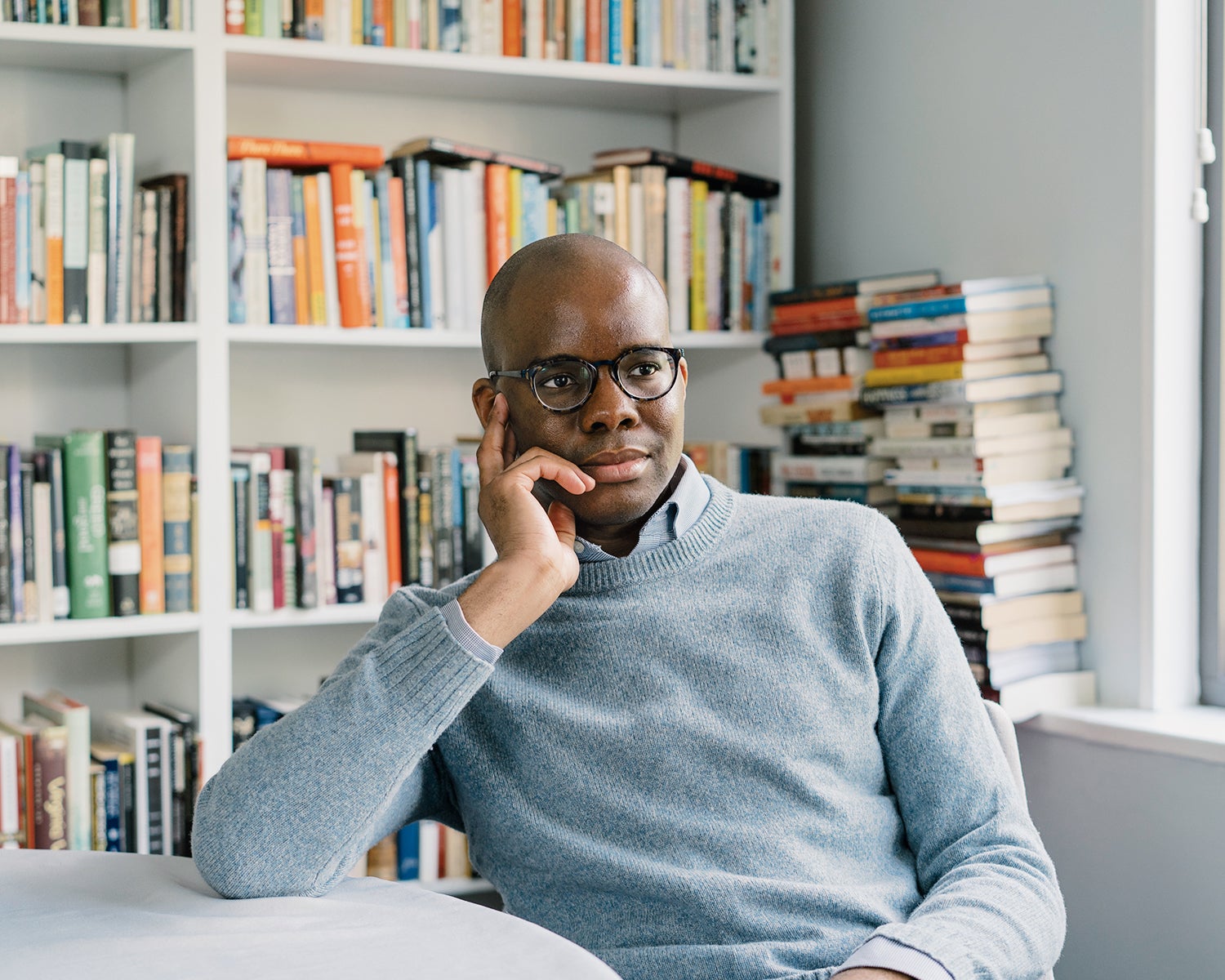Lannan Visiting Lecturer Tope Folarin reviews Teju Cole’s novel “Tremor”

Posted in Announcements
Read “A Multitude of Selves: Teju Cole and the forking paths of autofiction” by Tope Folarin in The Nation.
In May, after months of negotiations, the Writers Guild of America announced a strike against the major Hollywood studios. Among the issues that the writers are concerned with is how artificial intelligence will shape the future of television and film. They are suspicious of AI for many reasons, but primarily because they fear they will soon be displaced by chatbots that will spit out filmable scripts on demand.
These fears are justified, especially for writers working in a studio system that prizes rote storytelling. But this critique doesn’t apply to Hollywood alone: Most narrative art forms follow a structural template, and our assessment of a particular story usually hinges on how the story we’ve seen or read hews to our expectations, developed after years of consuming similar stories. Writers across a variety of media are correct to assume that in a few short years a chatbot—or some successor technology—will be capable of instantly producing stories that rival or even exceed stories that we’ve deemed unsurpassable.
In a twist worthy of a high-concept science fiction novel, a small group of novelists developed a response to their AI woes before they had become manifest. Starting in the late 2000s, they began to write novels that foregrounded their subjectivity, that pivoted away from conventional story structures and toward their own thoughts and experiences. These writers, working then in a genre that had yet to be labelled but that we now call autofiction, abandoned many of the novel’s conventions in pursuit of narrative freedom. They were not the first to write autobiographical fiction, and they still told stories, often situating their experiments in traditional narratives much as Joyce did with Ulysses, but their collective arrival augured new possibilities for storytelling.
At the forefront of this generation was the writer, critic, and photographer Teju Cole. While he was not alone in developing this new mode of writing, his American debut, Open City, helped establish a set of storytelling techniques that would guide autofiction’s evolution over the following decade. Both Open City and his second novel (or, if you lived in Nigeria, his first), Every Day Is for the Thief, embraced autofiction’s anarchic approach to fiction while also providing a loose framework for the actions of his protagonists. Every Day Is for the Thief placed its autobiographical musings into the narrative container of a classic prodigal-son story, featuring a protagonist who returns home after some time away. Likewise, Open City was a perambulation novel in which the protagonist roams while offering his thoughts on art, history, and other weighty topics, in the tradition of W.G. Sebald. Other autofiction novels also placed their experiments in familiar narrative containers: Ben Lerner’s Leaving the Atocha Station located its often storyless reveries within a tale about a privileged expat; Sheila Heti’s How Should a Person Be offered a meditation on the trials of creating art; and Kate Zambreno’s Drifts was a novel about a novelist trying to write a novel (a not entirely new subject).
Cole’s latest novel, Tremor, represents a new development in the genre’s ongoing quest to divest itself of the trappings of fiction. This is a novel that does not fit easily within any container; to the contrary, it is a high-wire act, beating its own, defiant path through the weightless air. Tremor is about middle age and its protagonist’s growing awareness of the inevitability of death, and how death interrupts everything, including and especially the stories of our lives. As a result, it resists the storytelling impulse that accompanies even the most rebellious works of autofiction.
